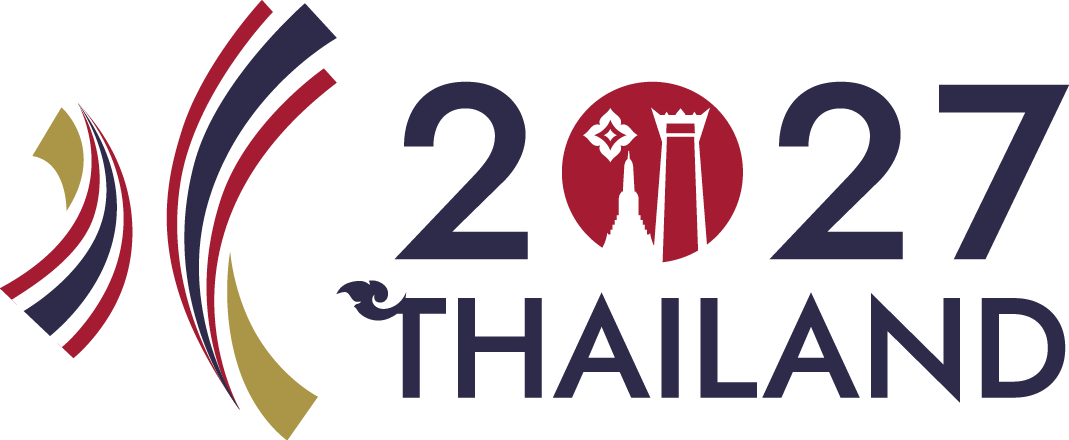Health Economic Evaluations (HEEs) evaluate the costs and benefits of one healthcare intervention over another and thereby provide the necessary evidence to inform policy and investment decisions. Those policy and investment decisions influence the type of healthcare available to consumers, such as the type of prosthetic interventions available.
There are challenges to conducting high-quality HEEs. For example, to capture the costs and benefits over the useful life of the prosthetic intervention, a long time-horizon is required (e.g., 5+ years for a microprocessor controlled prosthetic knee). Similarly, there are challenges to measuring the benefits that are most important to prosthesis users and funders.
To address these challenges, we propose the following innovative solutions:
• Synthetic Cohort Method: participants are recruited into sub-groups reflecting the different years since prosthetic fitting. Assuming the parameters that significantly affect the costs and benefits are similar between sub-groups, these data might be sufficiently representative to estimate the costs and benefits for each intervention.
• Prosthetic Interventions Core Outcome Set (PI-COS): describes the outcomes that prosthesis users and funder consider to be most important. The 14-items of the PI-COS can best be measured using a combination of PROMIS instruments (i.e., PROMIS Physical Function with Mobility Aid short form and the PROMIS-29+2) to estimate both effectiveness and utility.
In the symposium we will describe these innovative solutions in the context of a HEE comparing passive- and vacuum-assisted suction suspension for transtibial prosthesis users.
Statement of the objective / learning objectives
In this session, attendees will learn more about the:
• challenges to conducting high-quality HEEs in prosthetics
• innovative solutions to make HEE more feasible
• the steps ahead to pilot these innovative solutions


